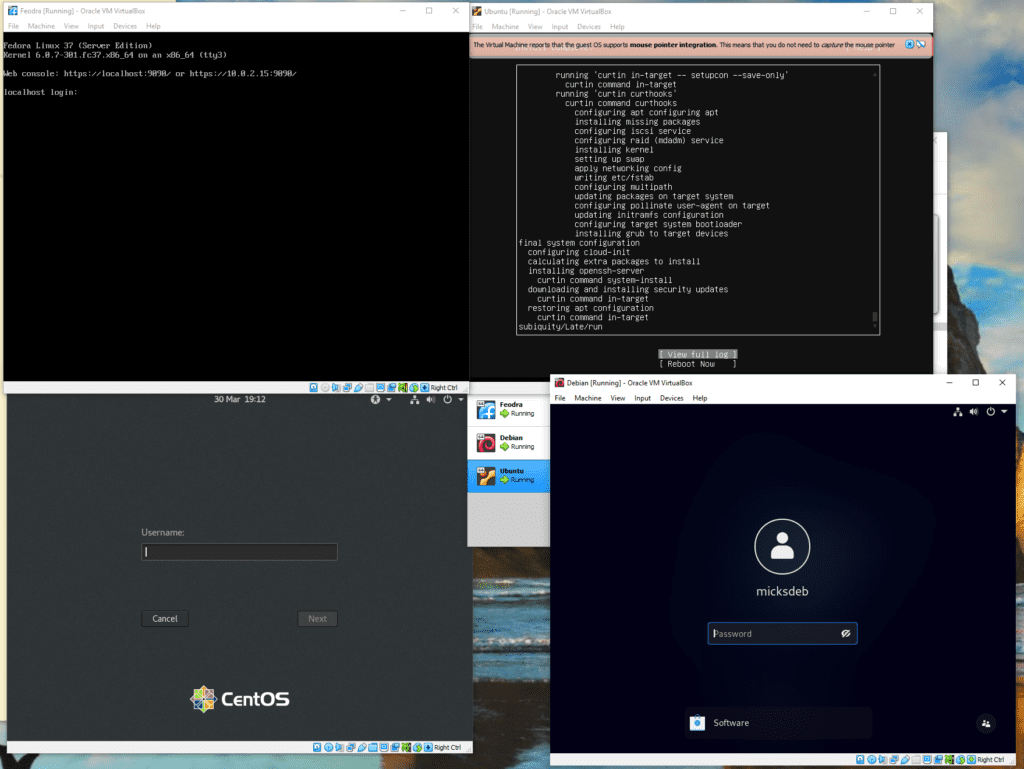
The Most Popular Free Linux Distros: Explore Your Options and Find Your Perfect Fit
If you’re a new software engineer, learning how to use and operate within a Linux environment early on in your career can be highly beneficial in jumpstarting your career progression. Linux is an open-source operating system that has gained popularity due to its flexibility, security, and low cost. There are countless Linux distributions available for free, each catering to different user needs and preferences. In this blog post, we will introduce you to some of the most popular free Linux distros, so you can find the perfect fit for your computing needs.
- Ubuntu: Ubuntu is one of the most popular Linux distributions, known for its user-friendly interface and ease of use. Designed for both beginners and experienced users, Ubuntu is backed by a large community of developers and offers a vast repository of software packages. Regular updates and long-term support make it a reliable choice for personal and professional use.
- Fedora: Fedora is a cutting-edge Linux distribution backed by the tech giant Red Hat. It focuses on providing the latest open-source software and technologies, making it a great choice for developers and tech enthusiasts. Fedora’s frequent updates and commitment to innovation make it an exciting platform for those who want to stay ahead of the curve.
- Debian: Debian is a stable and robust Linux distribution known for its strong commitment to free software principles. With a vast repository of packages and a dedicated community, Debian is an excellent choice for users who value stability and reliability. Its long release cycles make it suitable for servers and mission-critical applications.
- Linux Mint: Linux Mint is a popular Ubuntu-based distribution that aims to provide a more traditional desktop experience. With a focus on simplicity and ease of use, Linux Mint offers an intuitive interface and out-of-the-box multimedia support, making it an excellent choice for users migrating from Windows or macOS.
- openSUSE: openSUSE is a versatile and powerful Linux distribution backed by the tech company SUSE. It offers two main versions: openSUSE Leap, which provides a stable and reliable experience, and openSUSE Tumbleweed, which offers rolling updates for users who want the latest software. With a strong focus on flexibility and customization, openSUSE is suitable for a wide range of users.
- Arch Linux: Arch Linux is a lightweight and flexible Linux distribution that follows a rolling release model. Known for its “Keep It Simple, Stupid” (KISS) philosophy, Arch Linux allows users to build their own system from the ground up, offering unparalleled customization and control. While it may not be suitable for beginners, experienced users will appreciate Arch Linux’s hands-on approach and extensive documentation.
- Manjaro: Manjaro is a user-friendly Arch Linux-based distribution that aims to make the power of Arch accessible to everyone. It offers a more straightforward installation process, pre-configured desktop environments, and a curated selection of software packages, making it an excellent choice for users who want the flexibility of Arch without the steep learning curve.
With so many free Linux distros available, there’s undoubtedly a distribution that suits your needs and preferences. Whether you’re a beginner looking for a user-friendly experience, a developer seeking the latest technologies, or an advanced user who values customization and control, the Linux ecosystem has something for everyone. Explore the popular Linux distributions mentioned in this blog post and find your perfect fit.